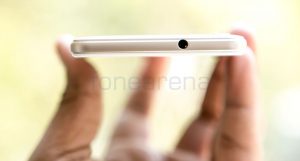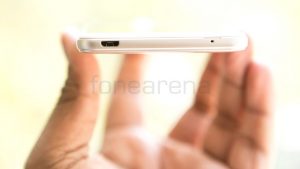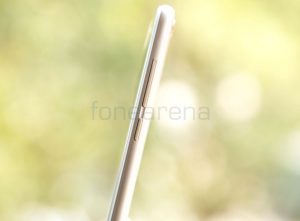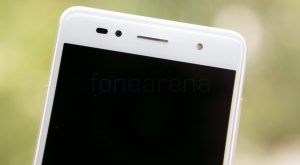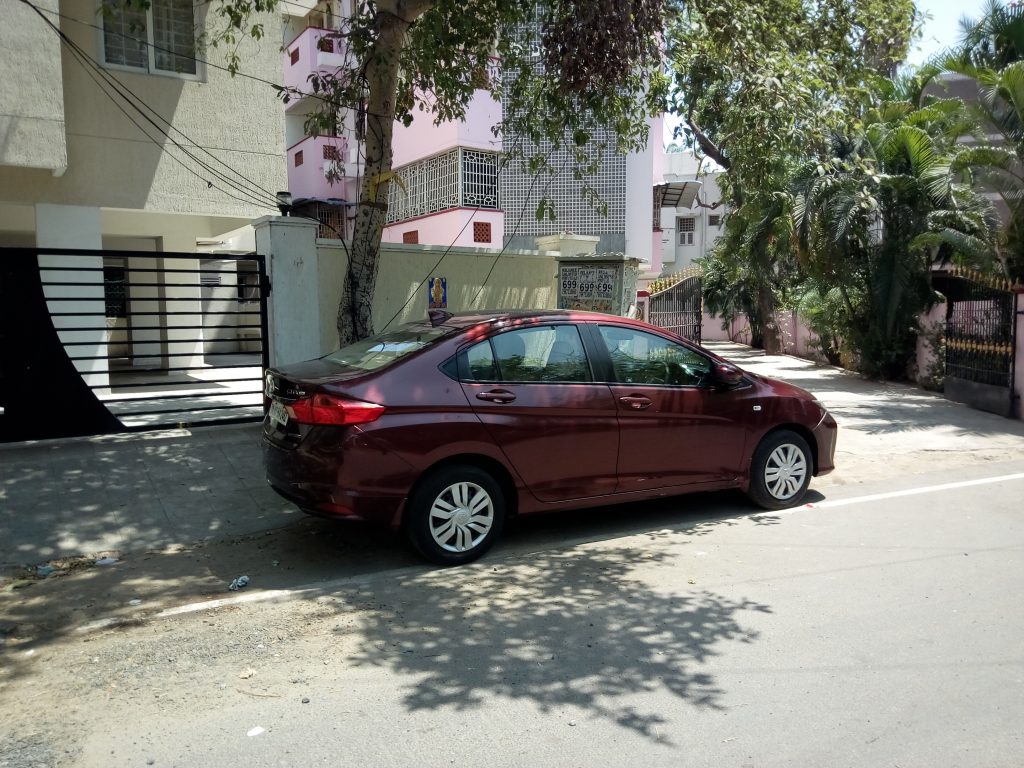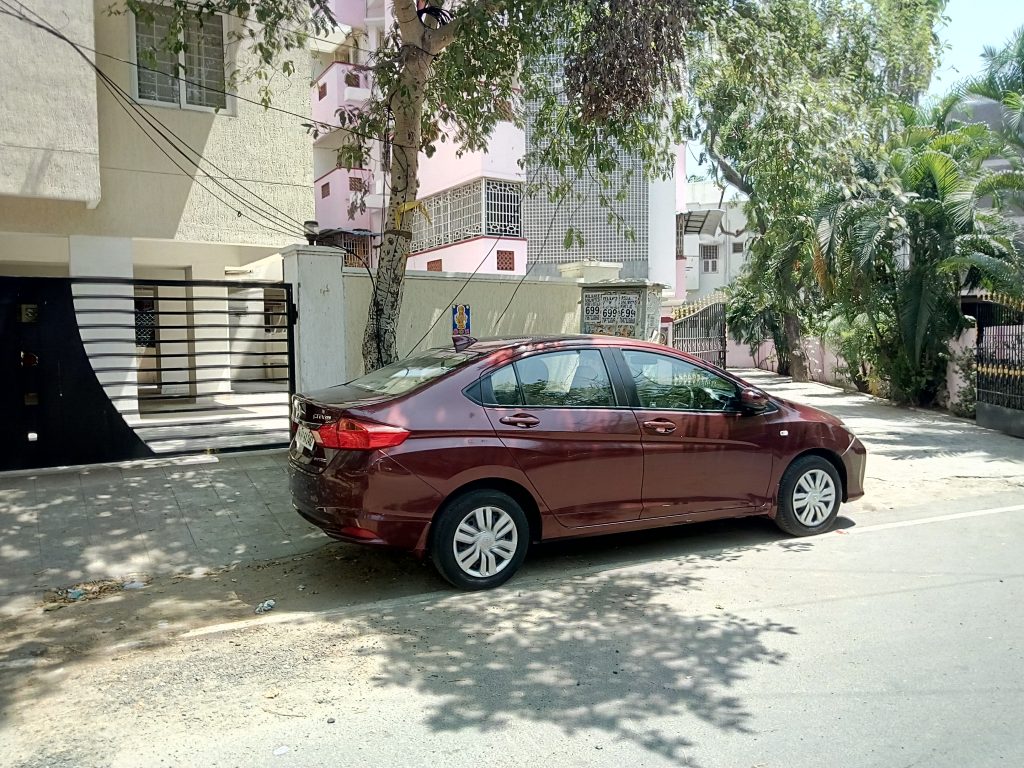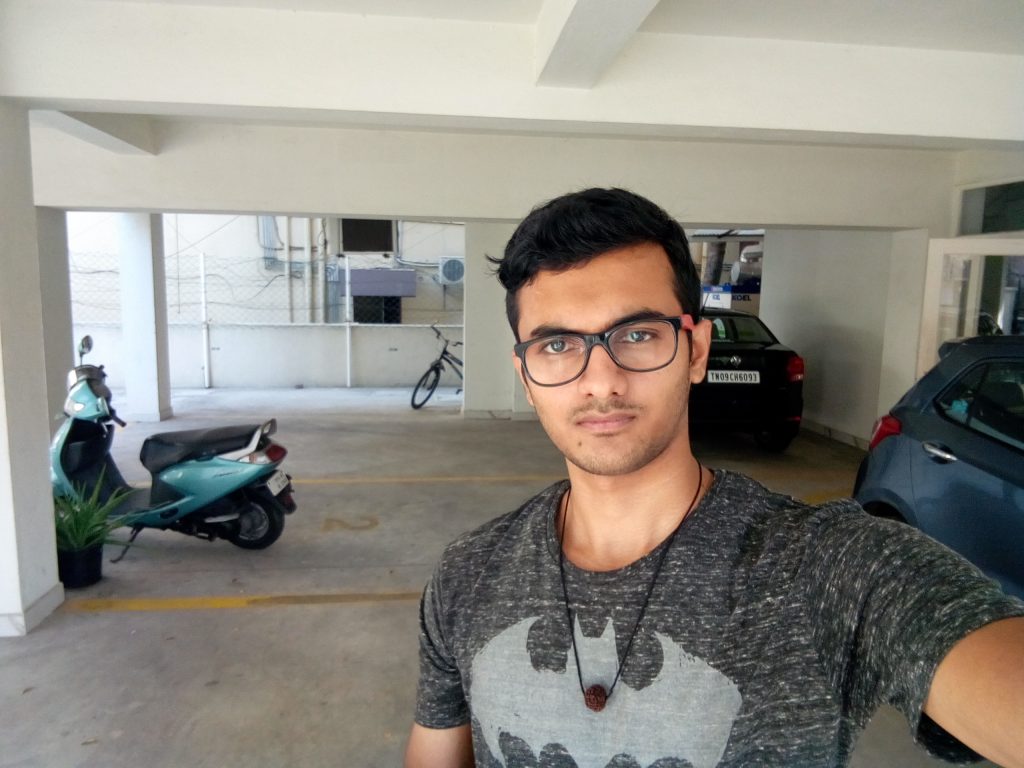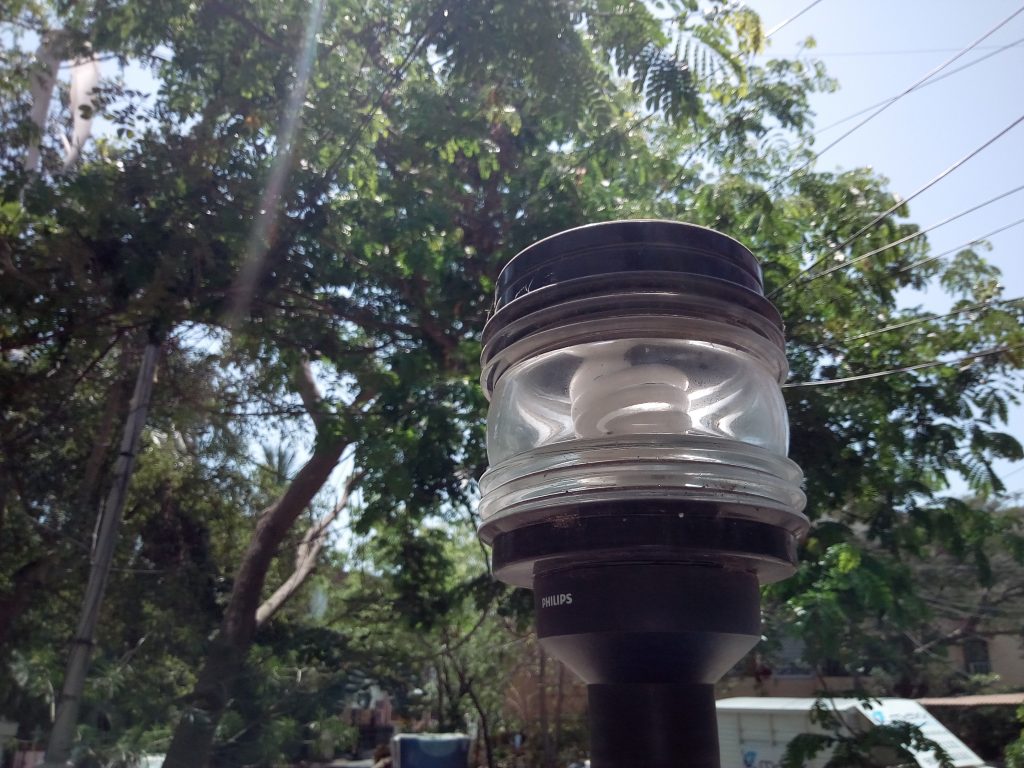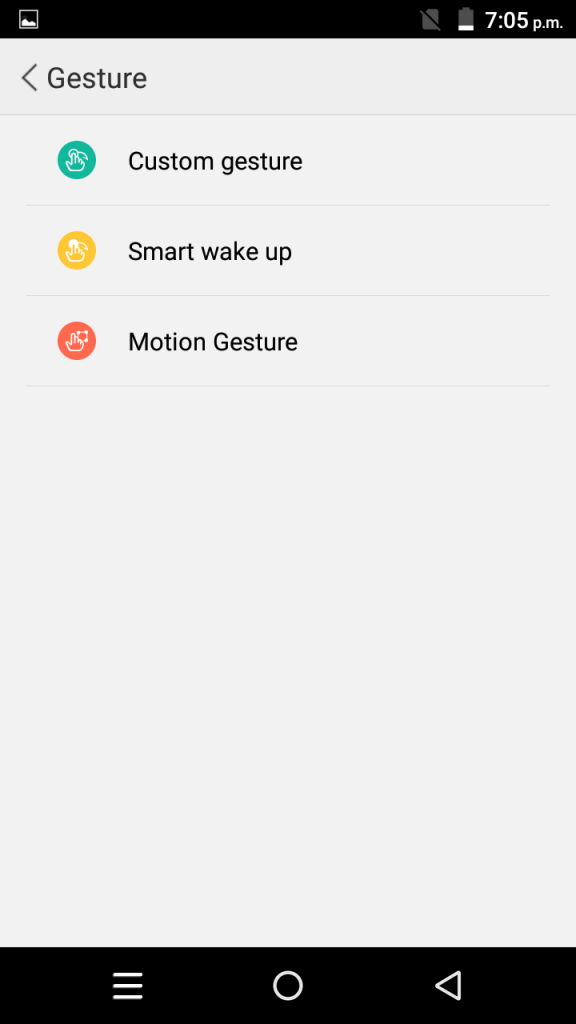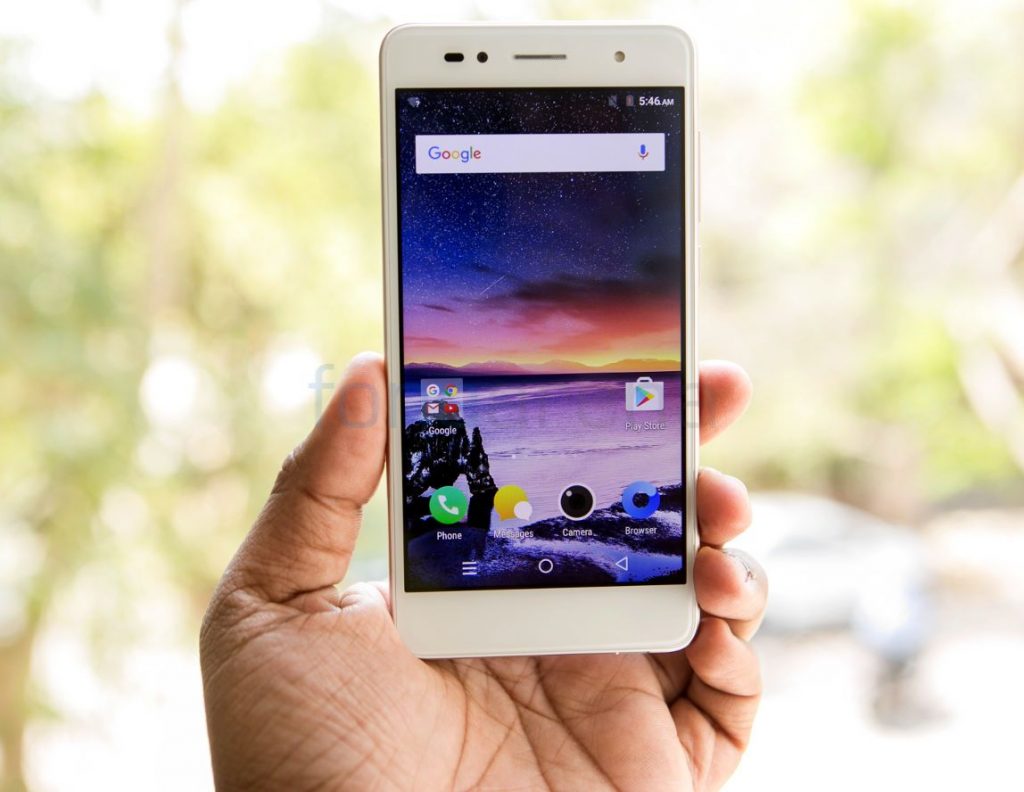
Lava launched its latest Android-powered Z10 smartphone with 8-megapixel front-facing with selfie flash. The Lava Z10 comes in Gold color with a price tag of Rs. 11,500 and is available in selected retail stores across India. Today, let’s check out how this mid-ranger fares amid its competitions.
Box Contents
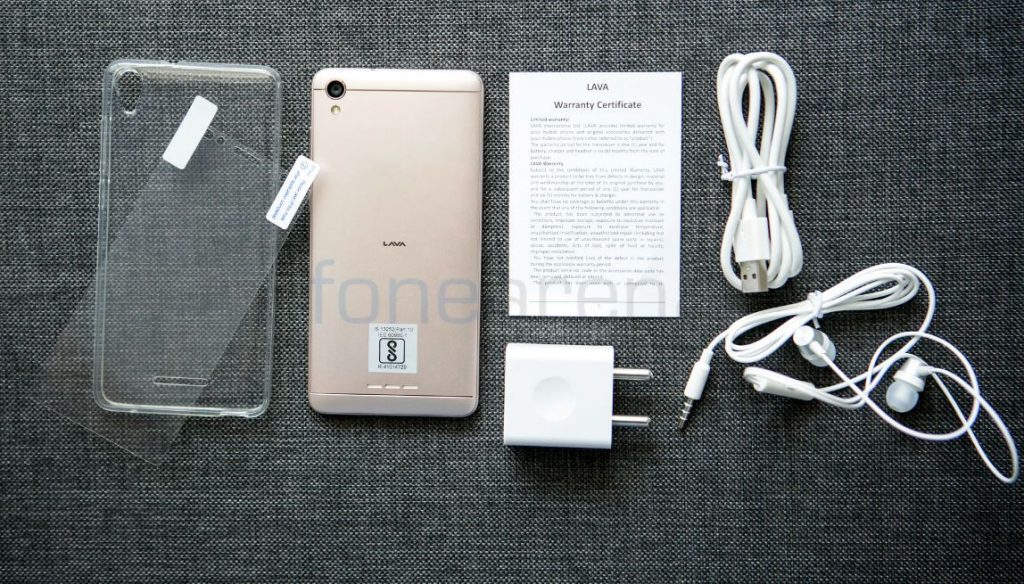
- Lava Z10 phone in Golden color
- Wall Adapter
- Micro USB cable
- Clear protective case
- Scratch guard
- SIM Ejector tool
- In-ear earphones
- Documents
Display, Hardware, and Design
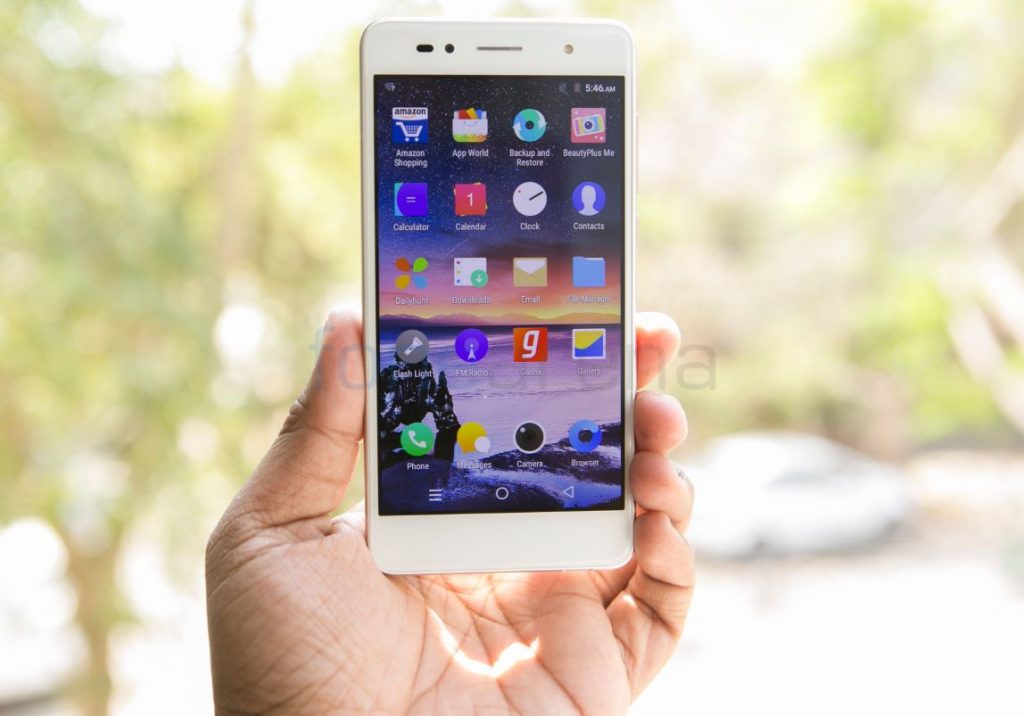
The Lava Z10 sports a 5-inch HD Full Lamination display with a resolution of 1280 x 720 pixels. The display is bright and the color reproduction is decent. Sometimes the display looks pixelated and unnaturally colorful as well. The glossy display doesn’t attract fingerprints and offers sufficient readability under sunlight if not great.
In terms of hardware, the Lava Z10 packs the usual set of sensors, 5MP front camera, earpiece and LED flash on the front top. As this device has on-screen buttons, bezels below the display have been left empty, which could have been avoided.
Up top, the Z10 has just the 3.5mm audio jack and on to the right, it has the power button and volume rocker just below it. At the bottom, it has MicroUSB port for charging, primary microphone and a small ridge that helps you to take out the back cover.

On the back, it has an 8MP camera with LED Flash, 1.4um pixel size, 5P Largan lens, f/2.0 aperture. Also, it has speaker grill at the bottom just above the antenna band.
Moving on to the design, this smartphone looks like a combination of Mini Honor 6X (front) and Redmi 3s (back). Having said that, the Z10 looks a bit boring without any ‘wow factor’ on design language. Despite the flawed design, this smartphone feels good to hold. The smartphone has a glass front and a metal back with plastic top and bottom separated by the fine layer of metal faux.
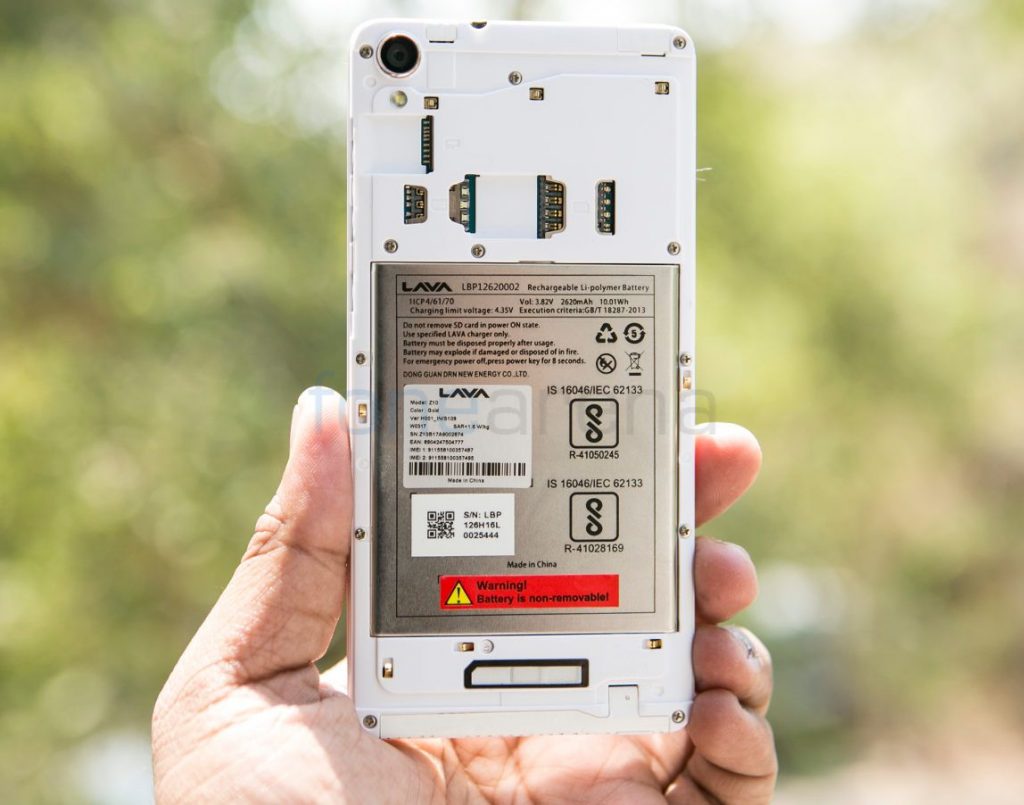
In the era of unibody design, Lava sticks to the old school by providing us with removable back cover. Inside, you have a place for dual SIM cards (Nano+Micro) and a dedicated slot for MicroSD card as well. The Lava Z10 measures 143.2x71x8.4 mm and weighs around 148 grams.
Camera
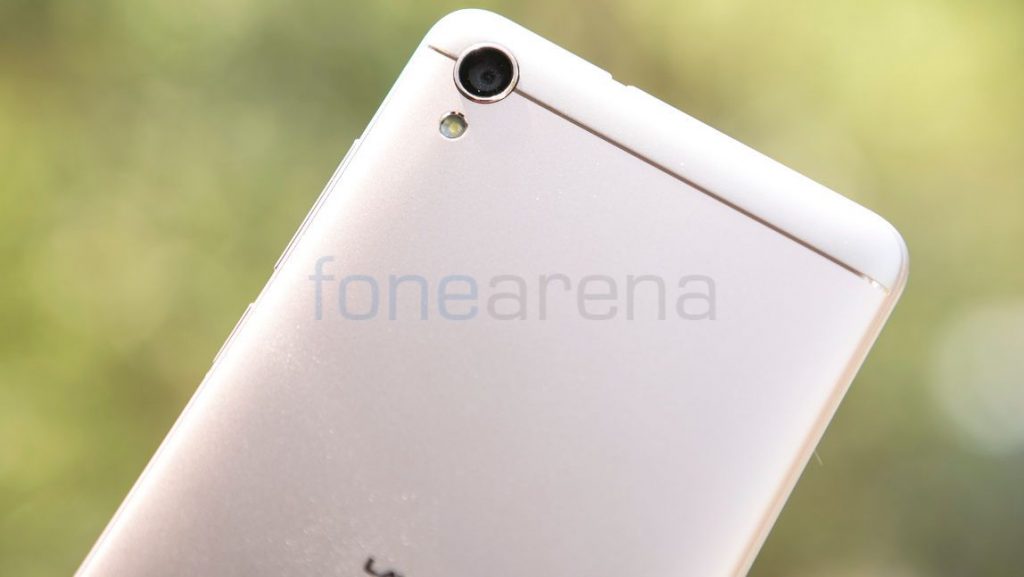
The Lava Z10 comes with an 8MP rear camera with LED Flash, 1.4um pixel size, 5P Largan lens and f/2.0 aperture.
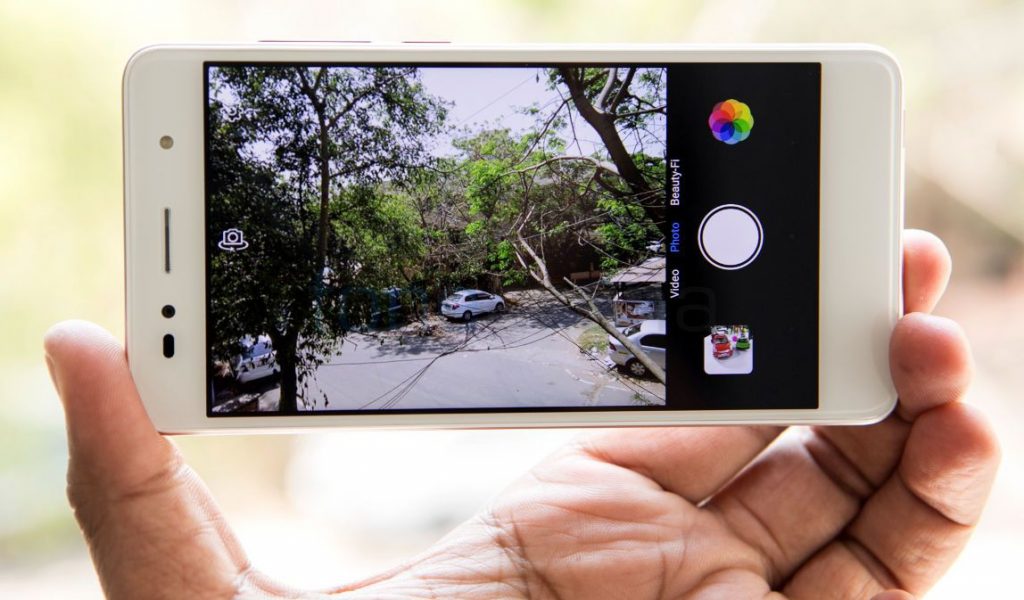
The UI of the camera is pretty neat and simple without cramming too much of functionalities. It has a toggle for flash, front/rear camera, gallery, shutter button, and several camera functions including (Extreme beauty, Night Pro, Bokeh, Filter, Gif Mode, Intelligent Mode, Panorama, HDR, Template and much more). The settings option lets you access touch to capture, shutter sound, voice capture, picture size, GPS location information, Image properties and more. Coming to the image quality, the daylight shots are decent in most of the conditions, HDR shots are good. The front camera gives decent shots under daylight but performs badly under low light. Here are some of the camera samples.

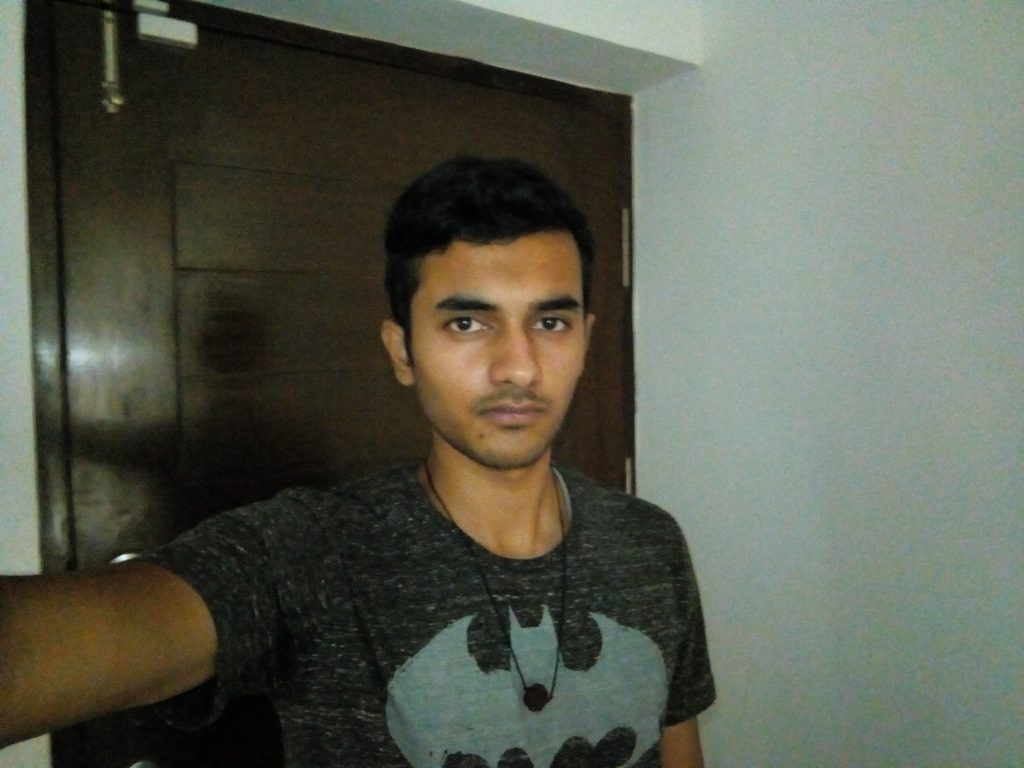
Software, UI, and Apps
In terms of software, the Lava Z10 runs on Android 6.0 Marshmallow on top of Lava’s own StarOS v3.3. Having said that, there is no announcement regarding Android 7.0 Nougat update from the company.
You can launch the camera from the lock screen itself by swiping it upwards. The drop-down notification bar has several toggles along with a brightness slider as well.
Under the settings, it has Gesture feature where it lets the user open app, wake up using motion gesture. Users can choose whether or not to display the battery percentage. Also, they can choose from two combinations of navigation buttons from the settings as well. Apart from the usual set of utility apps and Google Apps, the smartphone comes pre-installed with Hike, Gaana, Paytm, Jio apps, UC Browsers, News Point and BeautyPlus Me.
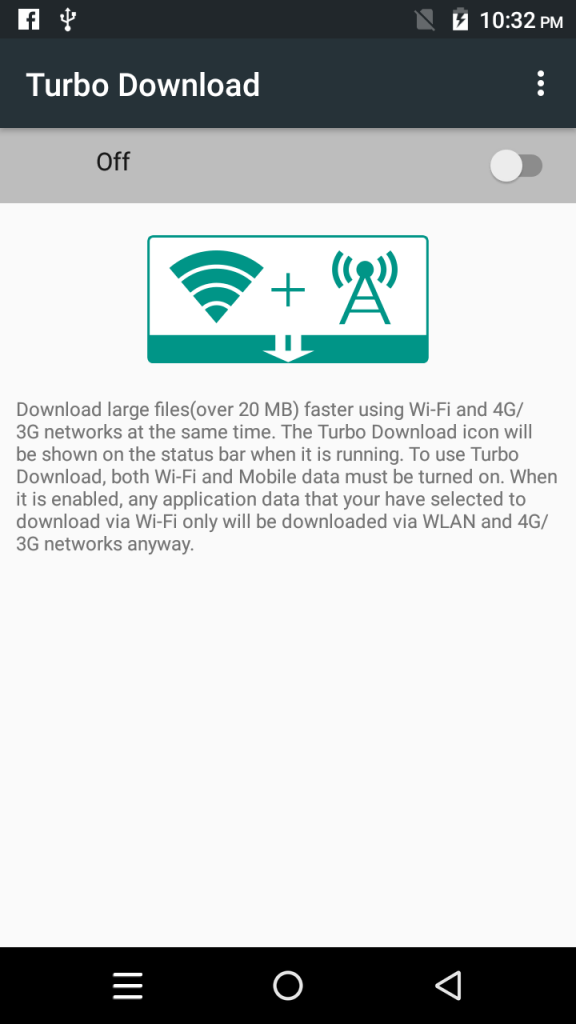
In addition to it, there is a ‘Turbo download’ option that lets you download larger files faster using Wi-Fi and 4G/3G networks at the same time. Out of 2GB RAM, the user will get around 478MB of free RAM when default apps are running in the background. And on the storage, out of 16GB, users will get 6.41GB free. In addition, users can also expand the storage up to 128GB through microSD card slot.
Performance
The Lava Z10 is powered by quad-core MediaTek MT6735 64-bit processor clocked 1.3 GHz with Mali-T720 as GPU under the hood. In terms of average usage, the device performs smooth and snappy. But, when tried to multitask with some heavy apps, including Facebook, Saavn, and other apps, it tends to freeze and lag sometimes. Apart from this, we faced issues on a touch display with the late response when we tried to open some apps at times.
Connectivity
It has the usual set of connectivity features such as Wi-Fi 802.11 b/g/n, Bluetooth 4.0 and GPS. It has 4G connectivity with support for a lot of bands and also has VoLTE that support Reliance Jio as well. Having said that, both the SIM slots support 4G connections, but only one SIM supports 4G at a time and other goes to 2G.
Battery
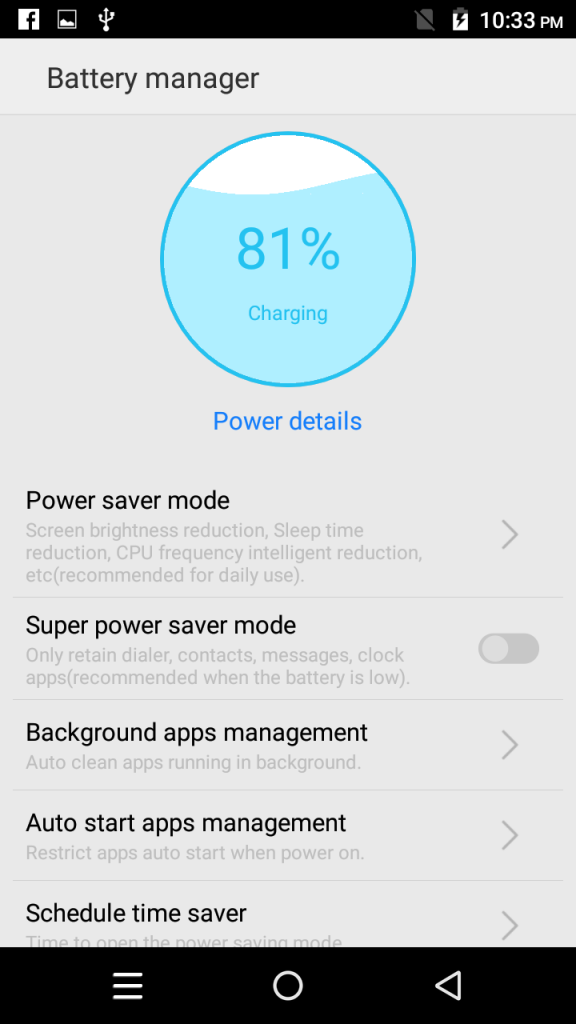
Coming to the battery, the Lava Z10 is juiced with 2650mAh battery under the hood. The battery life was decent and it lasted for around 10 hours on average usages like 4G calls, YouTube videos, Internet browsing and much more. It has Power saving and Super power saving mode. During the Power saving mode, the screen brightness, sleep time, CPU frequency is reduced, whereas, in Super Power Saver mode, only dialer, contacts, messages and clock app works. As it doesn’t have a fast charging technology, it takes solid two hours for charging from 0 to 100%.
Conclusion
Overall, the Lava Z10 is just an average device with good build quality, average display and mediocre performance in the segment. Considering its price, you have other options including Redmi 3s Prime, Redmi Note 4 and much more that offer better value for money. Unless, if you are determined to buy an Indian-made phone, you can avoid it.
Pros
- Good build quality
- Dedicated SIM and microSD slots
Cons
- Priced on the higher side
- Battery life is not impressive
- Average camera

